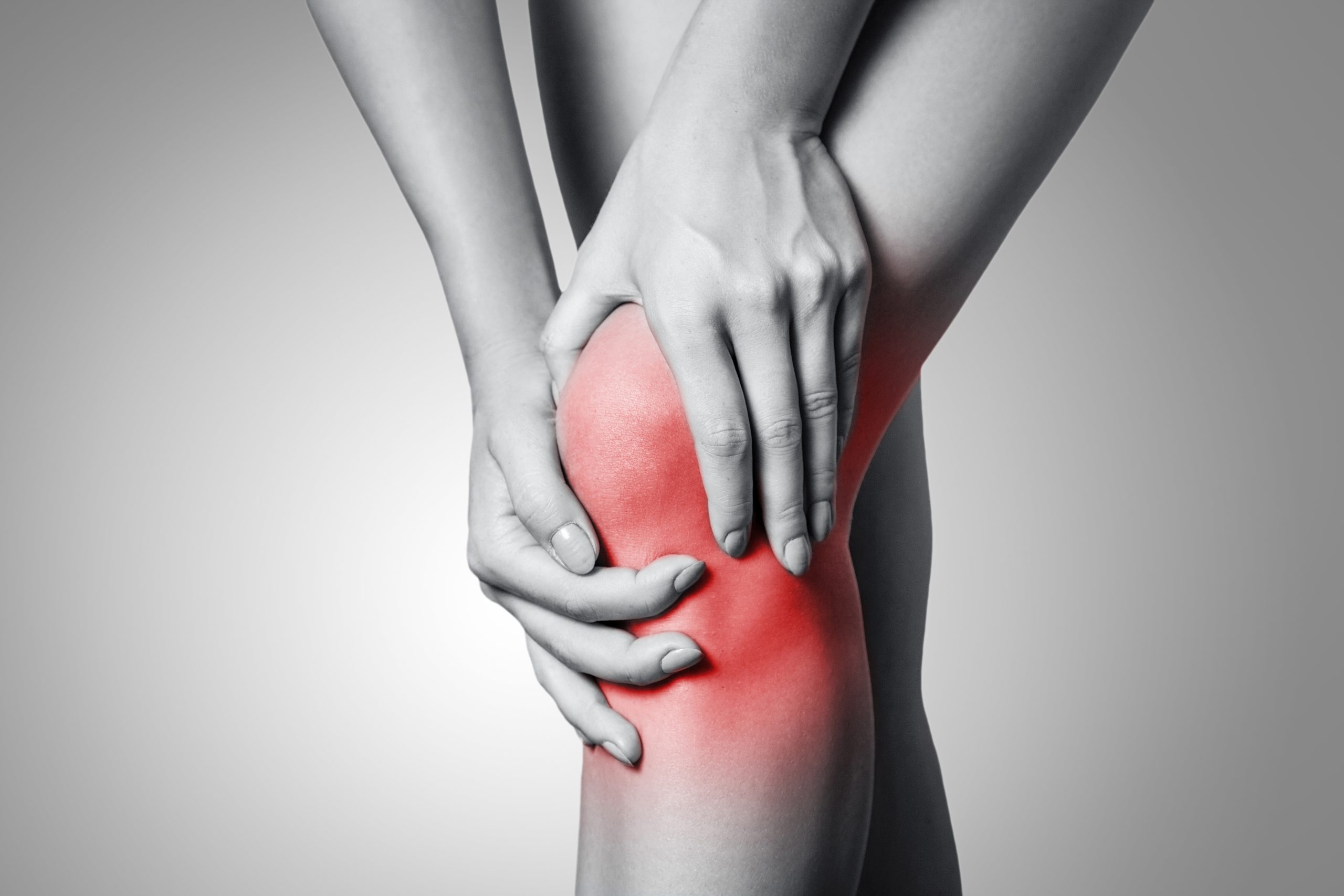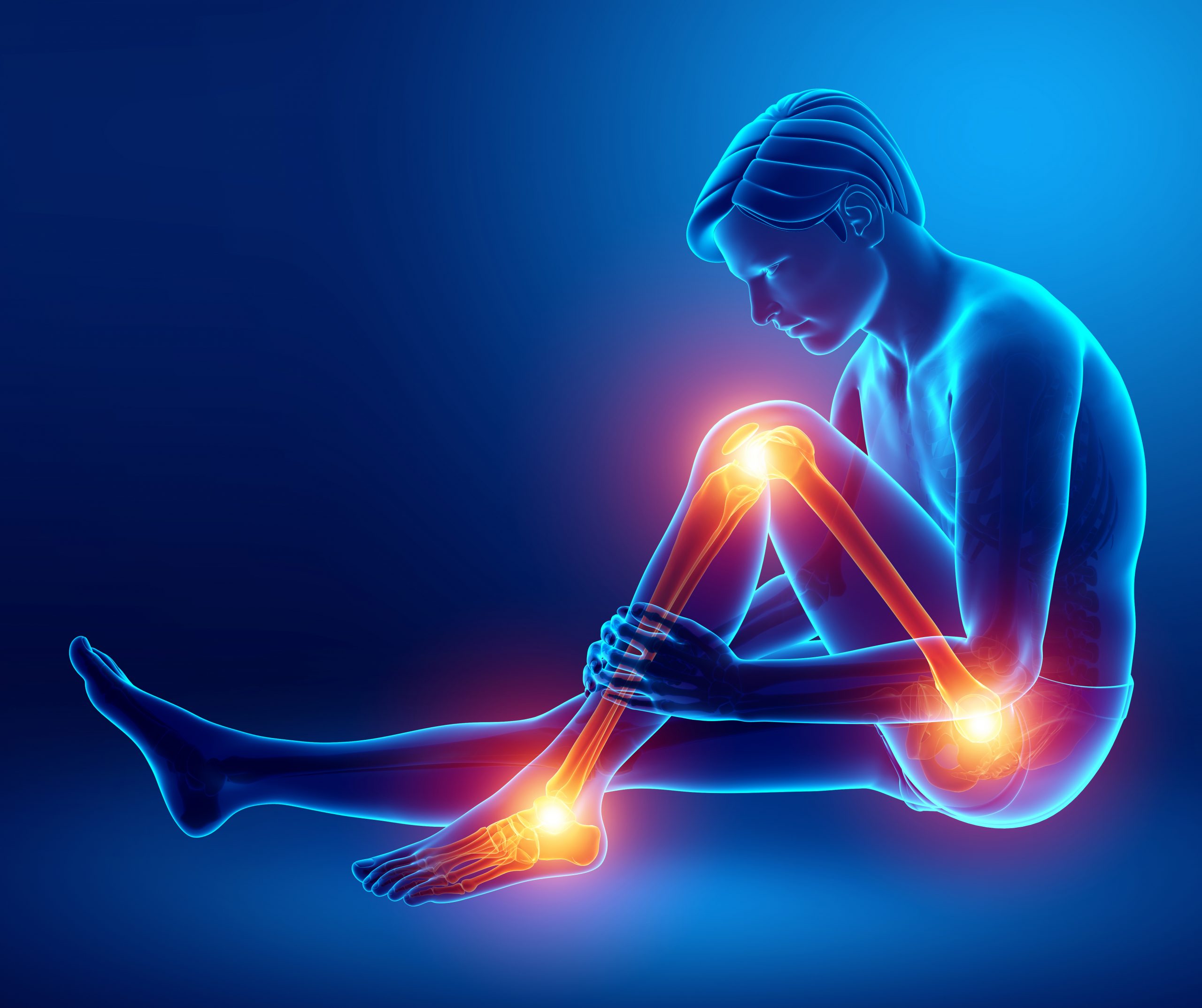Joint pain is a common complaint that can significantly impact an individual’s quality of life. While joint pain can arise from various factors, emerging research suggests a potential connection between joint pain and vitamin D deficiency. Vitamin D plays a crucial role in maintaining bone health and supporting the immune system. In this article, we explore the connection between joint pain and vitamin D deficiency.
- Vitamin D and Bone Health: Vitamin D is essential for maintaining healthy bones and joints. It aids in the absorption of calcium and phosphorus, minerals that are vital for bone strength. Insufficient vitamin D levels can lead to a decreased ability to absorb calcium from the diet, resulting in weakened bones and an increased risk of conditions such as osteoporosis and osteoarthritis. These conditions can cause joint pain and discomfort.
- Inflammatory Response: Vitamin D is known to have anti-inflammatory effects in the body. Chronic inflammation can contribute to joint pain and stiffness. Vitamin D plays a role in modulating the immune system and reducing inflammation. Insufficient levels of vitamin D may impair the body’s ability to regulate inflammation properly, leading to joint pain and increased vulnerability to inflammatory joint conditions such as rheumatoid arthritis.
- Vitamin D Receptors in Joints: Vitamin D receptors are present in joint tissues, including cartilage, synovial membrane, and immune cells within the joints. These receptors respond to vitamin D and play a role in maintaining joint health. When vitamin D levels are low, it can affect the function of these receptors, potentially contributing to joint pain and discomfort.
- Muscular Health: Adequate vitamin D levels are also important for muscle function and strength. Weak muscles can place additional stress on the joints, leading to joint pain and increased vulnerability to injuries. Vitamin D deficiency may contribute to muscle weakness and imbalance, which can impact joint stability and function. By maintaining optimal vitamin D levels, individuals can support both their muscle and joint health.
- Sunlight and Vitamin D Synthesis: The primary source of vitamin D is sunlight. When the skin is exposed to sunlight, it produces vitamin D through a series of chemical reactions. However, factors such as geographic location, time of year, cloud cover, and skin pigmentation can affect the body’s ability to synthesize vitamin D from sunlight. Individuals who live in regions with limited sunlight, have darker skin, or spend most of their time indoors may be at a higher risk of vitamin D deficiency and subsequent joint pain.
- Testing and Supplementation: If you are experiencing joint pain or suspect vitamin D deficiency, it’s important to consult with a healthcare professional. They can perform a blood test to determine your vitamin D levels. If a deficiency is identified, your healthcare provider may recommend vitamin D supplementation to raise your levels to the optimal range. Dosage recommendations may vary depending on your individual needs, so it’s important to follow your healthcare provider’s guidance.
- Other Benefits of Vitamin D: Adequate vitamin D levels not only support joint health but also offer numerous other health benefits. Vitamin D is involved in immune function, cardiovascular health, and mental well-being. By maintaining optimal vitamin D levels, individuals can promote overall health and reduce the risk of various health conditions.
It’s important to note that while vitamin D deficiency may contribute to joint pain, it is not the sole cause of joint issues. Joint pain can have multiple underlying factors, such as injury, arthritis, or other medical conditions. If you are experiencing persistent joint pain, it’s best to consult with a healthcare professional for a proper diagnosis and appropriate treatment options.
In conclusion, vitamin D plays a crucial role in maintaining joint health. Insufficient vitamin D levels can contribute to joint pain and discomfort, potentially increasing the risk of joint conditions





